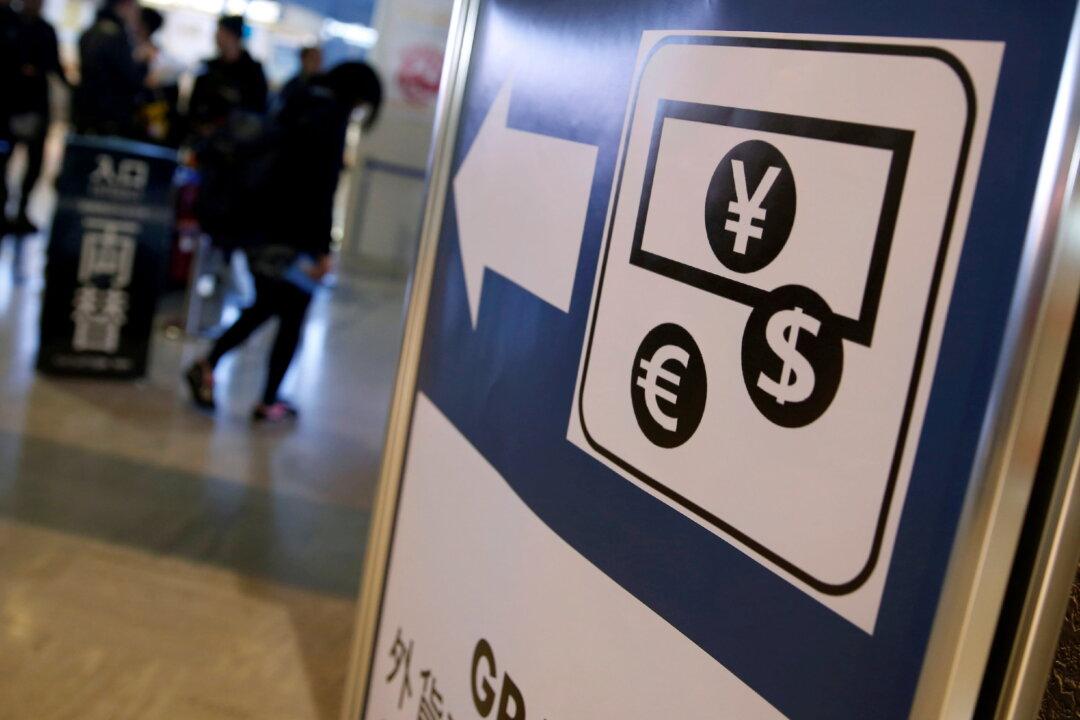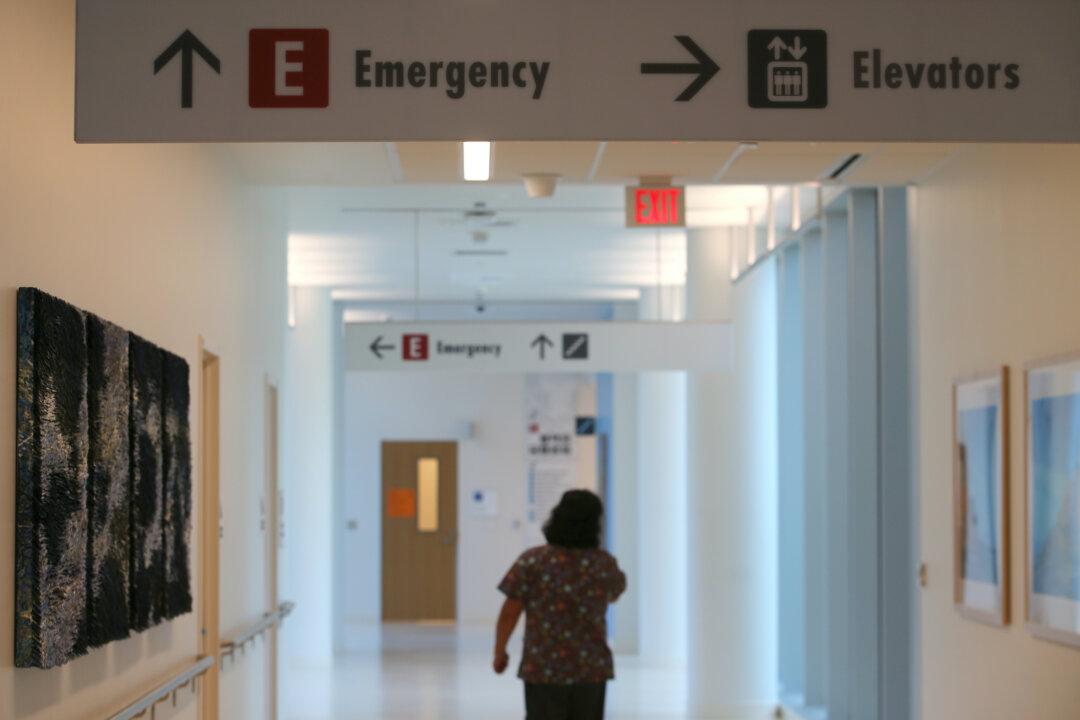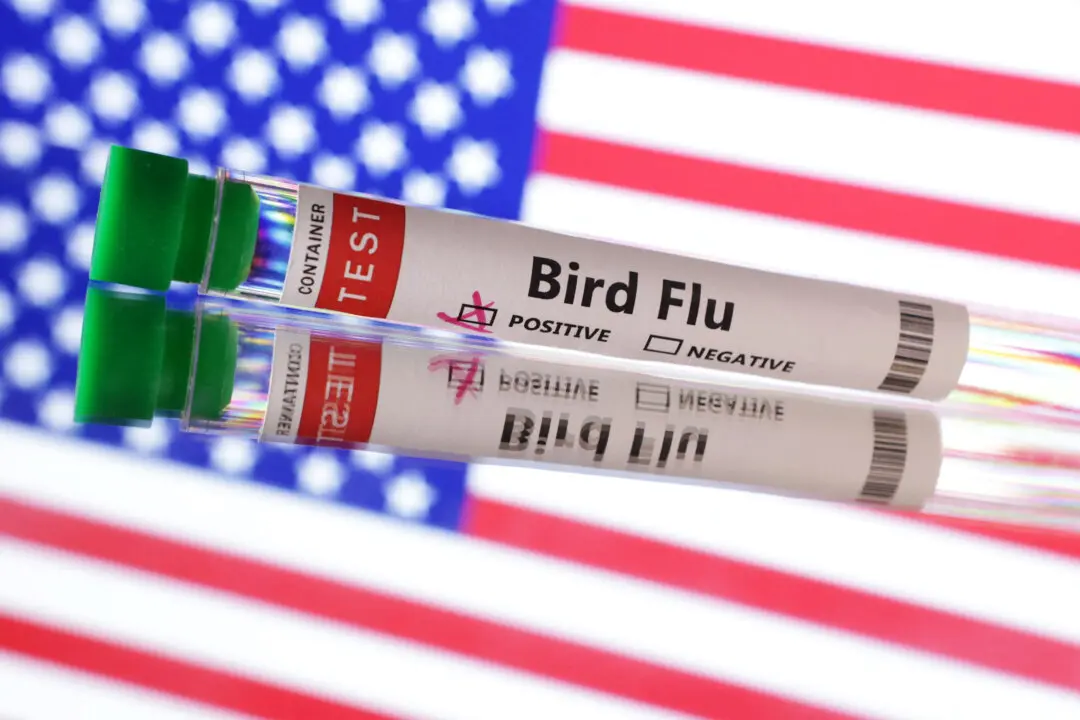LONDON—The dollar rose against the yen to an almost 11-month high on Monday, keeping traders focused on Japan intervention risks after the Bank of Japan and Governor Kazuo Ueda quashed hopes of any imminent move away from its stark ultra-loose monetary policy.
In the broader currency market, the dollar steadied after last week’s gains as the Federal Reserve surprised markets by signalling U.S. rates would need to stay higher for longer than initially expected.





